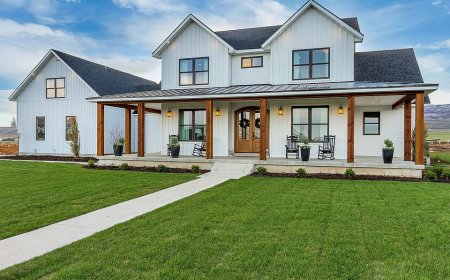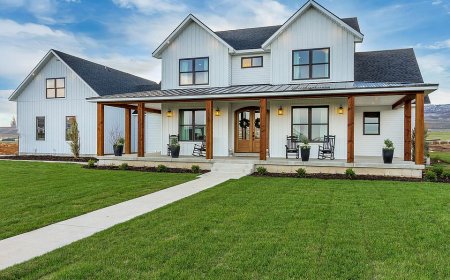How an Air Damper Enhances Efficiency in Water Tank Installations
Discover how Control Dampers, Air Dampers, and Fire Dampers improve the performance, safety, and longevity of water tank systems. Learn which damper fits your needs and enhances your installation setup.
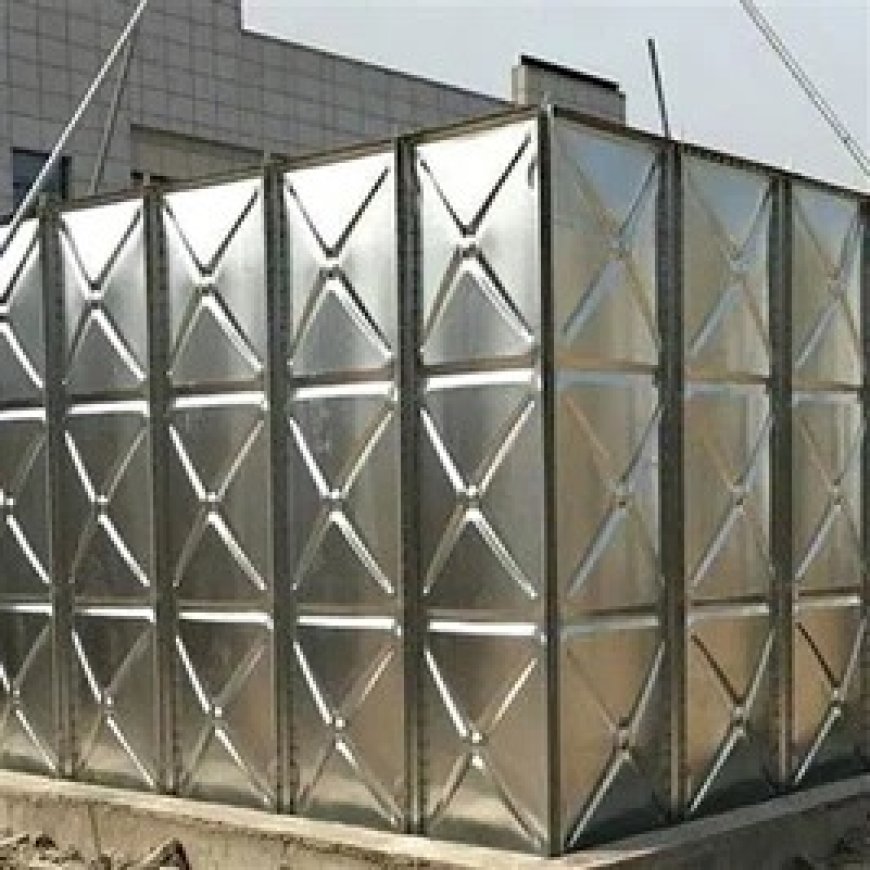
Water tank installations are critical components in various industrial, commercial, and residential settings, ensuring a steady supply of water for processes, cooling systems, or daily use. While the primary focus is often on the tanks capacity, material, or plumbing, one overlooked element that significantly boosts efficiency is the air damper.
Understanding the Role of an Air Damper in Water Tank Systems
An air damper is a mechanical device used to regulate airflow within systems that integrate water tanks, particularly those connected to HVAC systems or industrial cooling processes. In water tank installations, air dampers are often employed to control the air pressure and flow within associated ductwork or ventilation systems. By modulating airflow, an air damper ensures that the system operates within optimal parameters, preventing issues like over-pressurization or excessive energy consumption. For example, in cooling tower systems, an air damper can adjust the volume of air passing through the tanks ventilation, maintaining ideal temperature and pressure conditions. This regulation reduces energy waste, enhances system longevity, and minimizes wear on components, making the air damper a vital tool for efficiency.
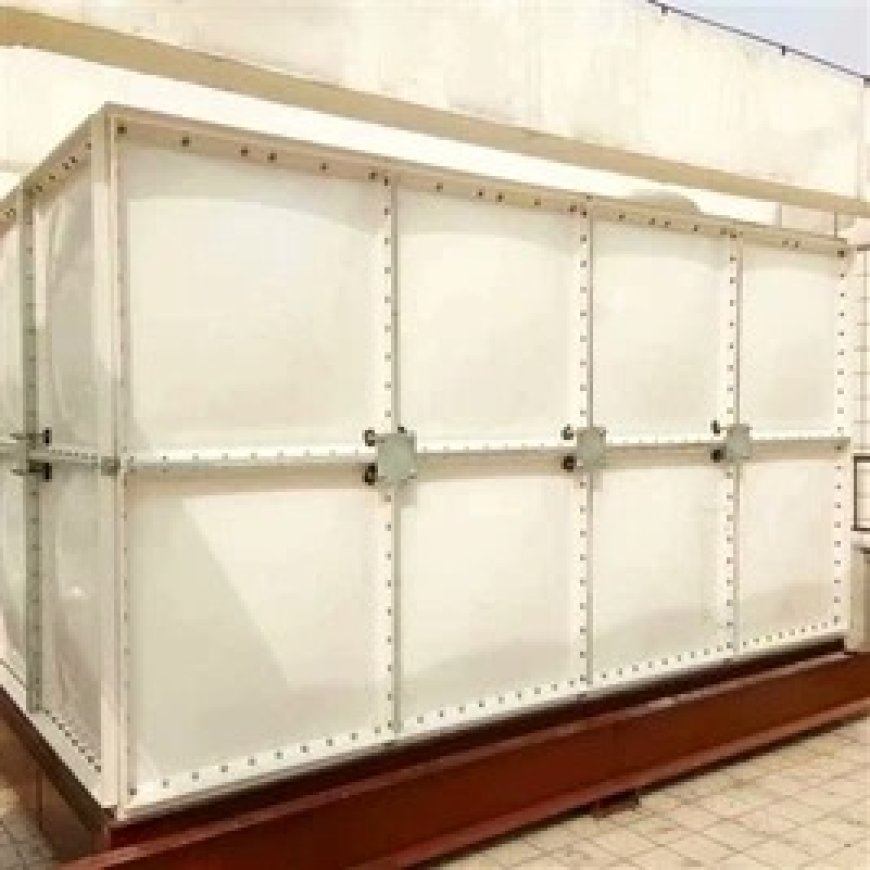
The integration of an air damper in water tank setups alsohelps manage humidity levels, which is crucial in preventing corrosion or microbial growth inside tanks. By maintaining balanced airflow, the air damper reduces the risk of condensation buildup, ensuring the water remains uncontaminated and the tanks structural integrity is preserved. Additionally, air dampers contribute to energy savings by allowing precise control over ventilation, reducing the need for excessive fan operation or heating, which can otherwise inflate operational costs.
The Importance of a Control Damper in System Optimization
A control damper plays a complementary role in water tank installations by providing precise regulation of airflow and pressure within the system. Unlike a standard air damper, a control damper is often automated or manually adjustable to respond to real-time conditions, such as changes in temperature, pressure, or system demand. In water tank installations, control dampers are typically found in HVAC systems or industrial setups where water tanks are part of a broader climate control or process cooling system. These dampers allow operators to fine-tune airflow to match the specific needs of the water tank, ensuring that the system operates efficiently under varying conditions.
For instance, in a commercial buildings cooling system, a control damper can adjust the airflow to the water tanks heat exchanger based on the cooling load. This dynamic adjustment prevents unnecessary energy expenditure, as the system only uses the required amount of air to achieve the desired cooling effect. Furthermore, control dampers can be integrated with building management systems (BMS), allowing for automated adjustments based on sensor data. This automation enhances efficiency by reducing human error and ensuring consistent performance, ultimately lowering operational costs and improving the sustainability of the water tank installation.
Enhancing Safety with a Fire Damper in Water Tank Installations
Safety is a critical concern in any water tank installation, particularly in industrial or commercial settings where fire risks may be present. A fire damper is a specialized device designed to prevent the spread of fire and smoke through ductwork or ventilation systems connected to water tanks. In installations where water tanks are part of HVAC systems or industrial processes, fire dampers are installed within the ductwork to automatically close when a fire is detected, sealing off airflow and preventing flames or smoke from spreading to other areas of the facility. This containment is crucial for protecting both the water tank system and the surrounding infrastructure.
In the context of water tank installations, fire dampers are particularly important in systems that rely on ventilation for cooling or pressure regulation. For example, in a data centers cooling system, where water tanks are used to dissipate heat, a fire damper ensures that a fire in one part of the facility does not compromise the entire system by spreading through the ventilation network. By isolating the affected area, fire dampers help maintain the operational integrity of the water tank system while enhancing overall safety. Additionally, compliance with fire safety regulations often requires the inclusion of fire dampers, making them an essential component for both efficiency and regulatory adherence.
Synergistic Benefits of Dampers in Water Tank Efficiency
The combined use of air dampers, control dampers, and fire dampers creates a synergistic effect that significantly enhances the efficiency of water tank installations. By working together, these components ensure optimal airflow, precise system control, and robust safety measures. For instance, an air damper regulates general airflow to maintain ideal conditions, while a control damper fine-tunes the system based on real-time data, and a fire damper provides a critical safety net in emergencies. This integrated approach minimizes energy waste, reduces maintenance costs, and extends the lifespan of the water tank system.
Moreover, these dampers contribute to environmental sustainability by reducing the energy footprint of water tank installations. By optimizing airflow and preventing unnecessary system strain, air and control dampers lower electricity consumption, which is particularly important in large-scale industrial applications. Fire dampers, while primarily safety-focused, also indirectly support efficiency by preventing catastrophic damage that could lead to costly repairs or system downtime. Together, these components create a balanced, efficient, and safe water tank installation that meets both operational and regulatory demands.
Practical Applications and Considerations
In practical terms, air dampers, control dampers, and fire dampers are applied in various water tank installations, from residential water storage systems to large-scale industrial cooling towers. For example, in a municipal water tank system, an air damper might be used to regulate ventilation in the tanks overflow system, preventing pressure buildup that could damage the structure. A control damper could be employed to adjust airflow based on seasonal temperature changes, ensuring consistent water quality. Meanwhile, a fire damper would be critical in an industrial setting where the water tank is part of a larger facility with significant fire risks.
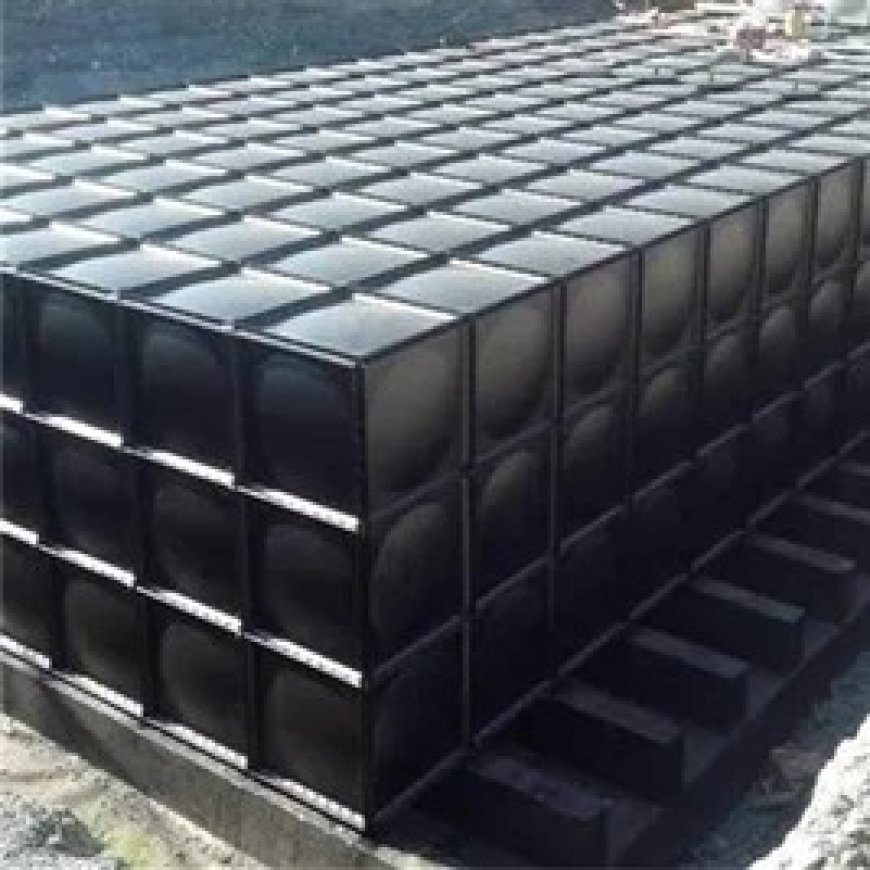
When selecting dampers for a water tank installation, several factors must be considered, including the systems size, the environmental conditions, and the specific operational requirements. For instance, dampers must be made from corrosion-resistant materials to withstand the humid conditions often present in water tank environments. Additionally, regular maintenance and inspection of dampers are essential to ensure their continued performance, particularly for fire dampers, which must meet strict safety standards.
Conclusion
The integration of air dampers, control dampers, and fire dampers in water tank installations is a game-changer for enhancing efficiency, safety, and sustainability. An air damper optimizes airflow to maintain ideal conditions, reducing energy waste and protecting the tanks integrity. A control damper provides precise, real-time adjustments to match system demands, further boosting efficiency and reducing costs. Meanwhile, a fire damper ensures safety by preventing the spread of fire and smoke, safeguarding both the system and the facility. Together, these components create a robust, efficient, and safe water tank installation that meets the needs of modern industrial, commercial, and residential applications. By investing in high-quality dampers and integrating them thoughtfully into water tank systems, operators can achieve significant energy savings, enhanced safety, and long-term operational reliability.

























